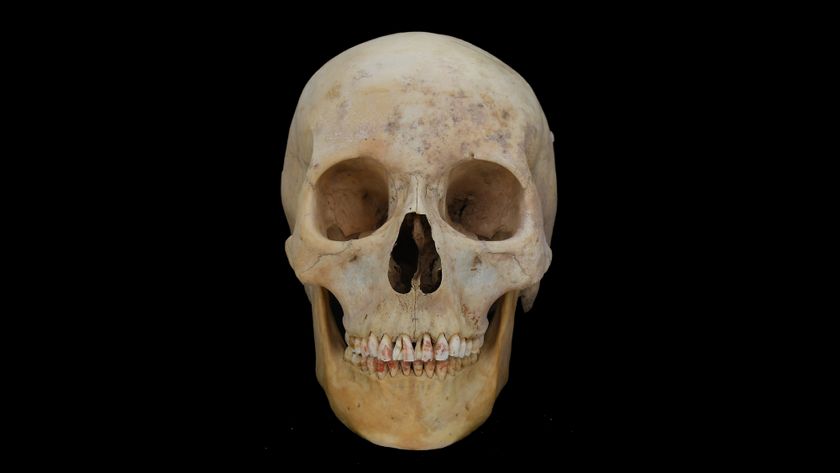Navy Drone Makes First Aircraft Carrier Landing

A robotic drone made military history today (July 10) with its first unmanned landing on a moving aircraft carrier at sea, U.S. Navy officials said.
An X-47B plane nicknamed "Salty Dog 502" touched down on the USS George H.W. Bush, off the coast of Virginia, in a so-called arrested landing, a maneuver designed for making a quick stop on a flight deck. With no tail and a wide wingspan of more than 62 feet (19 meters), the Navy's robotic Top Gun resembles — and has been mistaken for — a flying saucer.
"Landing on a carrier's flight deck is one of the most challenging tasks for a naval aviator — one that takes extensive training and regular practice to perfect," Jaime Engdahl, program manager for the Navy's Unmanned Combat Air System, wrote in a blog post ahead of the demonstration. Today's feat follows the success of X-47B's earlier tests at sea, including nine touch-and-go landings aboard the USS George H. W. Bush in May, in which the plane would touch down on the runway without coming to a full stop before taking off again. The plane, which is made by Northrop Grumman, also completed arrested landings on a mock flight deck on land ahead of today's milestone.
While the X-47B itself is not intended to go into operational use, military officials hope the technology will lead to a future fleet of carrier-capable drones that can replace or serve alongside fighter jets.
"It isn't very often you get a glimpse of the future. Today, those of us aboard USS George H.W. Bush got that chance as we witnessed the X-47B make its first ever arrested landing aboard an aircraft carrier," Secretary of the Navy Ray Mabus said in a statement. "The operational unmanned aircraft soon to be developed have the opportunity to radically change the way presence and combat power are delivered from our aircraft carriers."
Follow Megan Gannon on Twitter and Google+. Follow us @livescience, Facebook & Google+. Original article on LiveScience.com.
Sign up for the Live Science daily newsletter now
Get the world’s most fascinating discoveries delivered straight to your inbox.


A giant extraterrestrial 'wave' hit Earth 14 million years ago — and may have dramatically altered our planet's climate

2,200-year-old grave in China contains 'Red Princess of the Silk Road' whose teeth were painted with a toxic substance

Diagnostic dilemma: Growing weed with bat poop left 2 men with deadly infections






